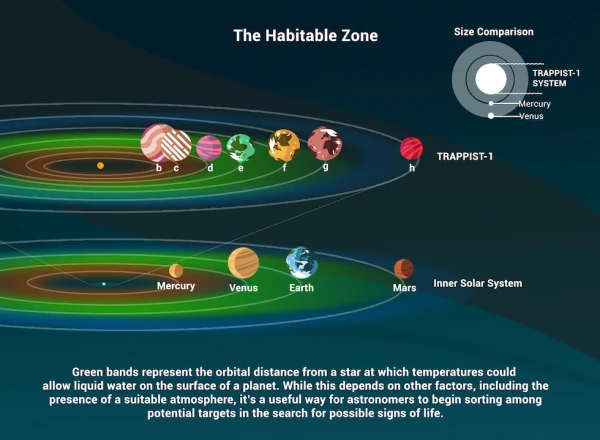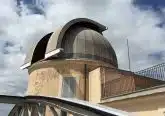Catholic astronomers: Newly discovered planet a testament to Earth’s ‘startling uniqueness’
Washington D.C., Jan 19, 2023 / 12:45 pm
A potentially habitable “Earth-sized” planet has been discovered, NASA announced last week.
Catholic scientists from the Vatican Observatory and Benedictine College hailed the discovery of the planet, named TOI 700 e, as “exciting” and a testament “to the marvels of God’s creation.”
The scientists noted, however, that the newly discovered planet is not another Earth, which remains the only planet where life is known to exist.
TOI 700 e is rocky, 95% the size of Earth, and within the distance from its sun where liquid water could occur, according to a Jan. 10 NASA press release.
The planet is the latest discovery made by NASA’s Transiting Exoplanet Survey Satellite (TESS), a satellite designed to search for exoplanets (planets outside our solar system) that could support life.
According to Christopher Graney, a scientist at the Vatican Observatory, the TOI 700 system “is a very different place from our solar system.”
“The star TOI 700 is itself very different from the sun. It is less massive than the sun, smaller in size, cooler in temperature, and redder in color. Its energy output is not even a 20th that of the sun,” Graney told CNA.
But could there be life on TOI 700 e?
Graney told CNA that there is not enough data to say conclusively one way or another.
“Is it possible that it could have life? That is a much broader question that we really do not know the answer to. Keep in mind that we do not know how life forms in the first place, nor what is required for it to form and thrive,” Graney said.
Christopher Shingledecker, a researcher and physics and astronomy professor at the Catholic Benedictine College in Atchison, Kansas, also cautioned that the potential for water does not necessarily mean TOI 700 e has life.
“Looking back to our solar system, Mars falls within the sun’s habitable zone, and we know with a high degree of confidence that it did indeed have liquid surface water at one time; nevertheless, all indications are that Mars … does not now or ever has had life,” Shingledecker said.

NASA believes that TOI 700 e takes 28 days to orbit its star. NASA and Vatican Observatory experts agree that the planet may be “tidally locked,” which as Graney explained to CNA means that one side of TOI 700 e is always facing its sun while the other is always facing away as our moon does with the Earth. This means that on TOI 700 e there is most likely “no day and night, no rising and setting of its sun,” Graney said.
Graney said the discovery of TOI 700 e shows that “in the same way that God likes planets, [he] likes variety in planets.”
“One of the great trends in the history of astronomy,” Graney said, “has been the discovery of how diverse the universe is.” It’s “a real revolution,” he added.
“Two centuries ago astronomers tended to suppose that stars would be more or less like the sun, and planets would be more or less like Earth — and have life, because life was thought to be spontaneously generated from matter,” Graney said.
“But we have found all this variety, not just a bunch of other Earths. So we should appreciate our Earth all the more — it looks like you don’t find a planet like this in just any old planetary system!” Graney said.
“The discovery of this and other exoplanets are really remarkable achievements that testify to the marvels of God’s creation,” Shingledecker said. “The more exoplanets we detect, the more startlingly unique we realize Earth really is. Indeed, as far as we know, it is currently the only place anywhere in the universe where life exists.”













